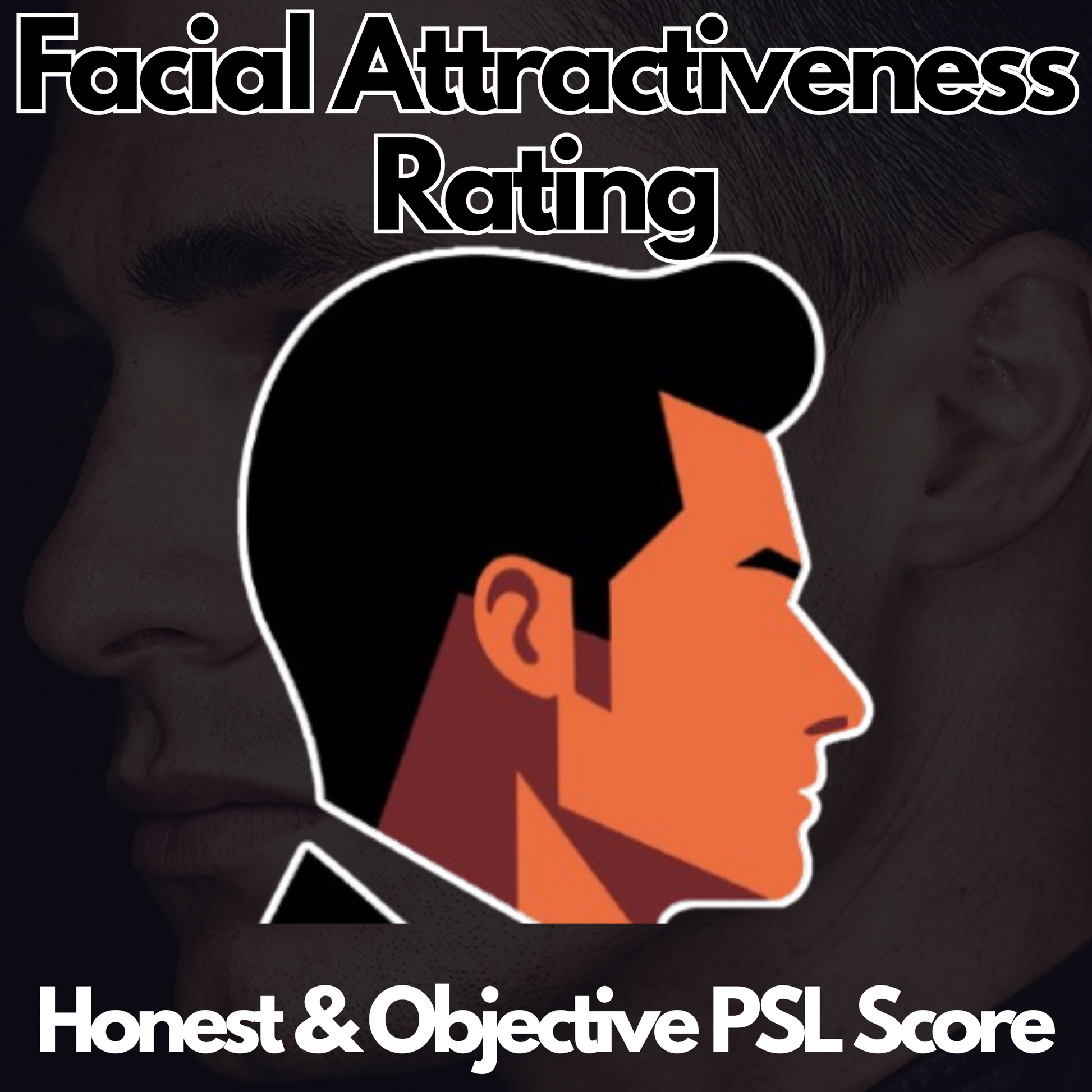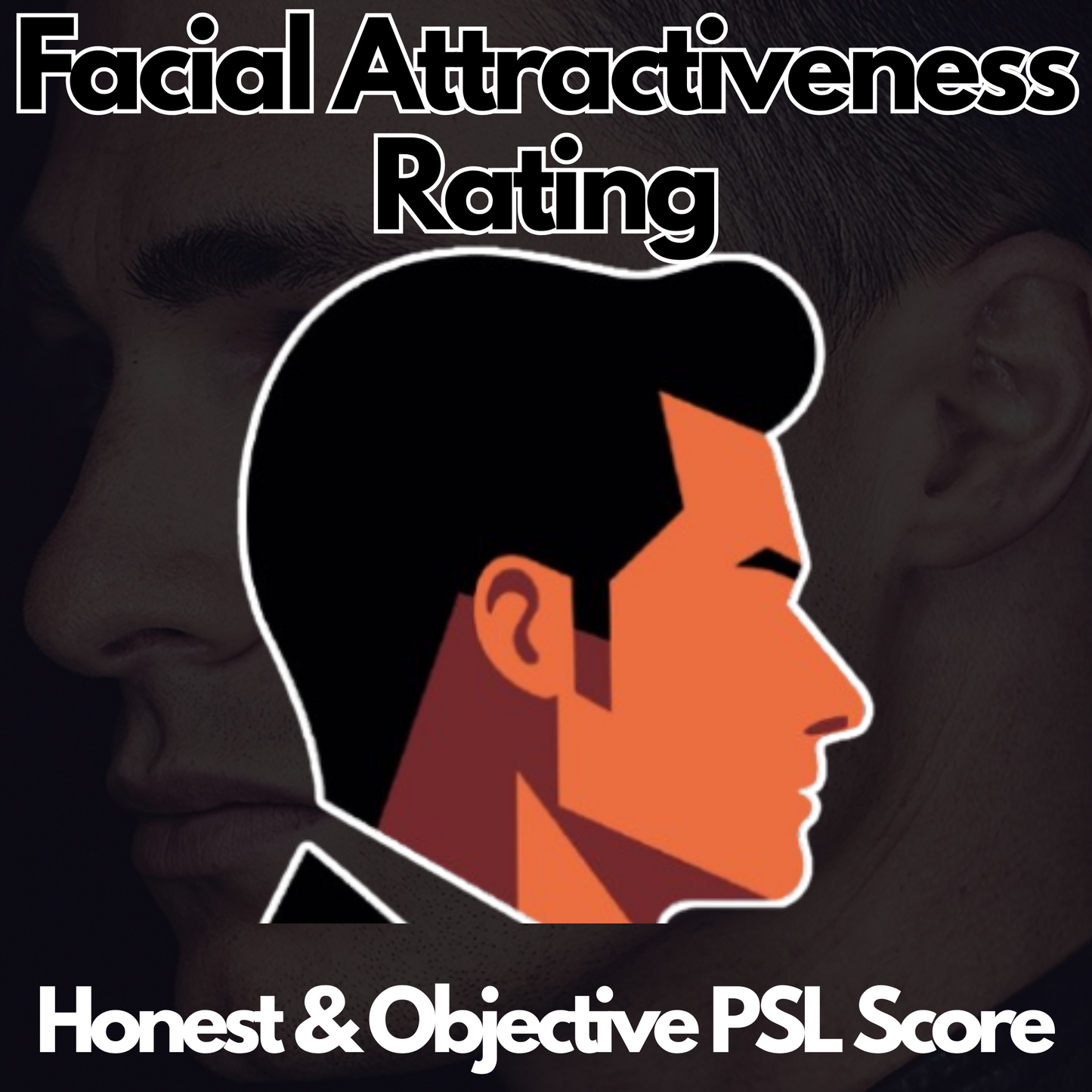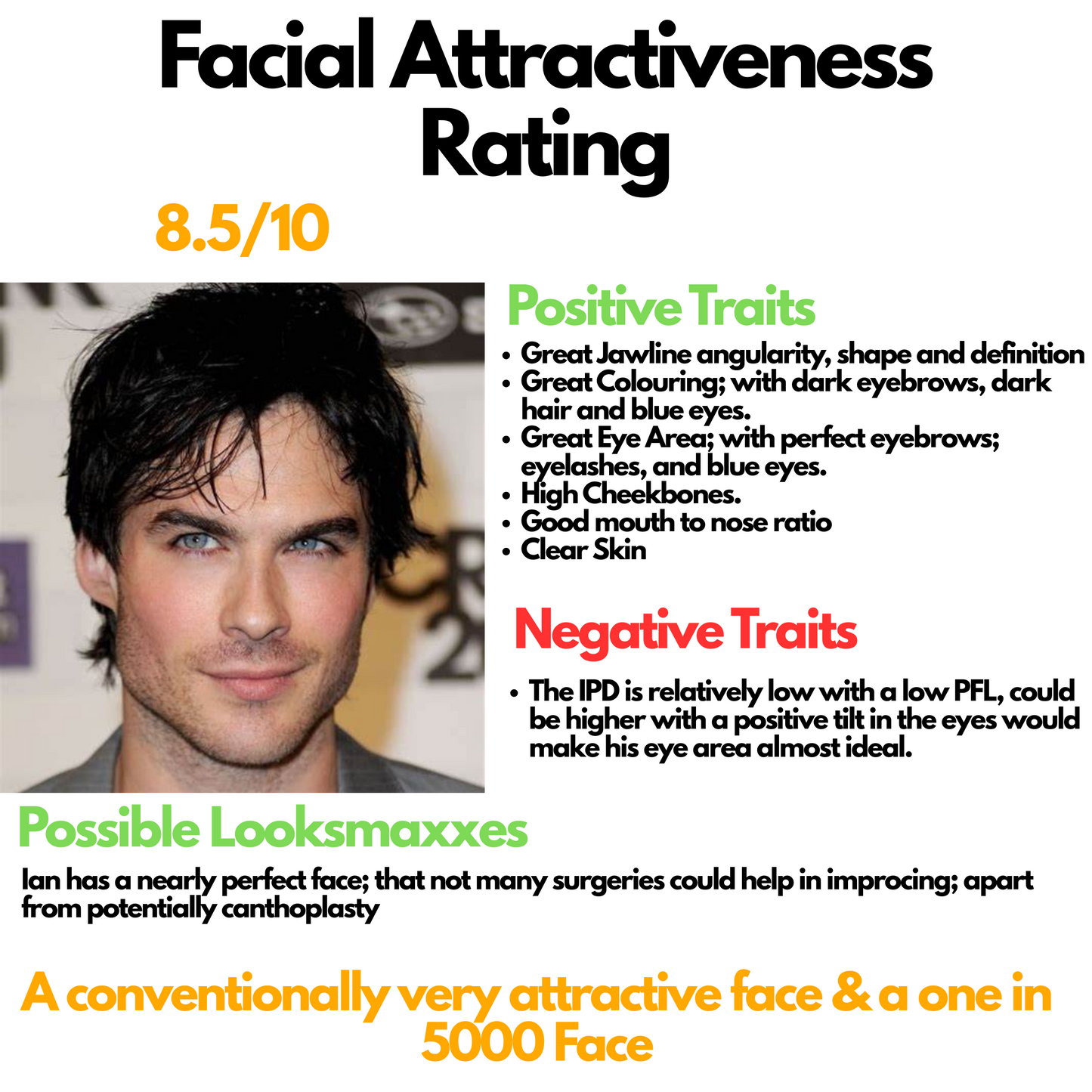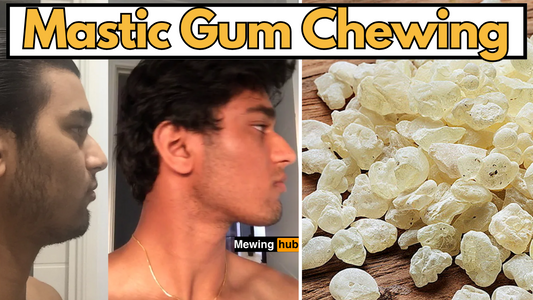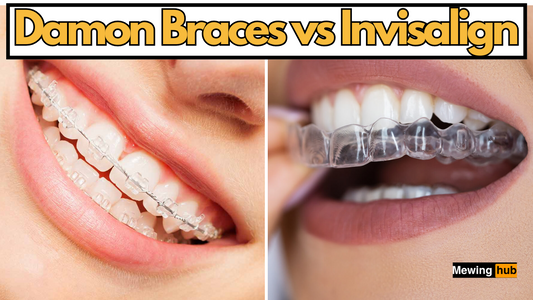Can Mewing Fix a Receding Chin: Mewing Guide
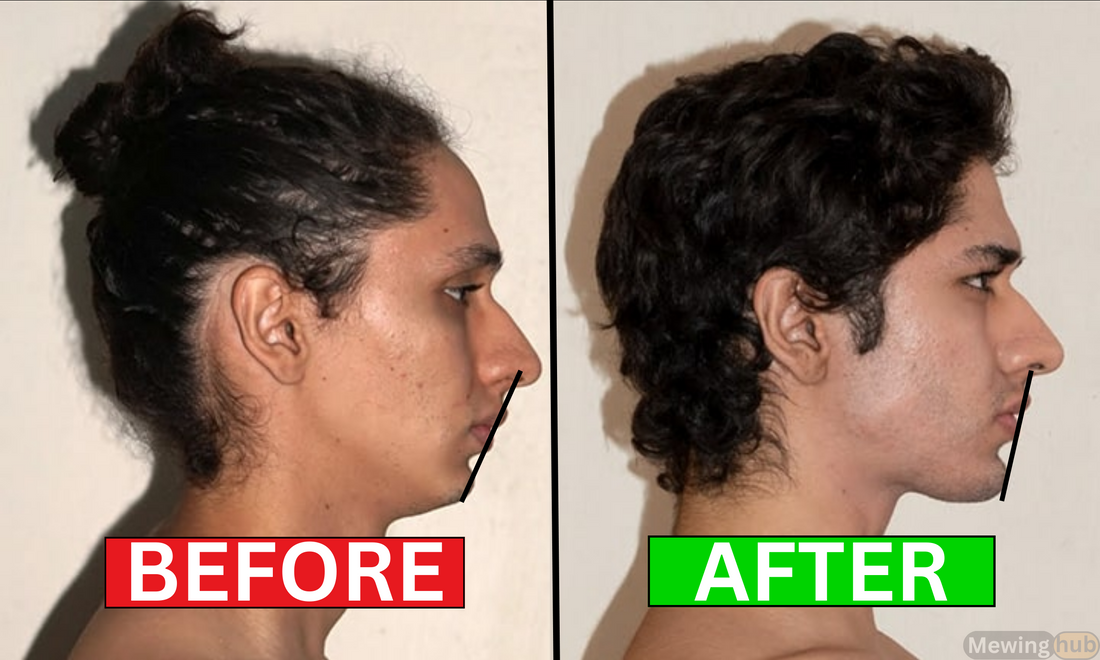
Share
A receding chin, often perceived as a cosmetic concern, can significantly influence facial symmetry and aesthetics.
While surgical interventions are common solutions, many wonder if natural methods, particularly mewing, can offer a non-invasive alternative.
This comprehensive exploration delves into the potential of mewing to address a receded chin, its underlying causes, and contrasts it with other medical interventions.

Understanding a Receding Chin
A receding chin, or retrogenia, is a condition where the chin projects slightly backward toward the neck, disrupting the harmony and balance of facial features.

This can impact one's appearance, often creating a perceived lack of jawline definition.
Beyond aesthetics, a receding chin may also be indicative of underlying skeletal discrepancies, contributing to functional issues such as malocclusion and breathing difficulties.
The Attractiveness Factor of The Chin
Facial harmony and a well-defined jawline are key to attractiveness, signaling health and genetic fitness.
A pronounced and protruded chin contributes to perceived strength and beauty, influencing social perceptions and interactions.
Conversely, a receding chin may impact self-esteem and how individuals are perceived, affecting their social life and confidence. Addressing a receding chin can enhance not only appearance but also overall well-being and social experiences.
Potential Causes
Several factors can contribute to a receding chin. Genetic predisposition is a primary cause, where one inherits facial bone structure traits. Additionally, abnormal growth patterns, such as those influenced by poor oral habits or inadequate tongue posture, can lead to developmental changes affecting the jawline.
Mewing: A Natural Approach to Fixing a Receding Chin
Mewing, a technique pioneered by Dr. John Mew, is centered on the strategic placement of the tongue against the palate, a practice that is believed to offer a natural method for influencing the facial structure subtly yet effectively over time.
When individuals practice mewing, they are encouraged to press the entire tongue against the roof of the mouth, ensuring that the back third is actively engaged. This specific posture is crucial as it exerts gentle, consistent pressure on the maxilla, the upper jaw bone.
Over time, this pressure is theorized to encourage forward growth of the maxilla, which in turn, can have a cascading effect on the positioning of the mandible, or lower jaw.
The potential forward movement of the jaws achieved through mewing can be particularly beneficial for individuals with a receding chin.
By promoting a more forward growth pattern, mewing may help in creating a more pronounced and projected chin and a balanced jawline, thereby enhancing the facial profile.
Setting Realistic Expectations
While anecdotal evidence suggests mewing can influence facial aesthetics, it's crucial to approach this method with realistic expectations.
The extent of change varies significantly among individuals, influenced by factors such as age, consistency in practice, and the degree of chin recession.
Surgical and Orthodontic Interventions For Receding Chin
For those seeking more immediate or pronounced changes, surgical options like genioplasty or chin implants can offer solutions to a receded chin. Additionally, orthodontics and orthotropics can address malocclusions contributing to the condition, promoting better alignment and potentially influencing jaw and chin positioning.
Genioplasty and Chin Implants
Genioplasty involves repositioning the chin bone to improve facial harmony, while chin implants enhance the projection and shape of the chin. Both procedures can provide significant improvements for those with severe chin recession.
Orthodontics and Orthotropics
Orthodontic treatments, such as braces or Invisalign, can help correct bite issues that may be contributing to a receding chin. Orthotropics focuses on guiding facial growth in children and adolescents, promoting forward growth of the jaws to improve facial structure.
Learn All About Mewing & Looksmaxxing to improve your Chin
Complementary Practices for Enhanced Results
In addition to mewing, several complementary practices can enhance the effectiveness of this natural method:
Jaw Exercises
Engaging in targeted jaw exercises can help strengthen the muscles around the jaw and chin, contributing to a more defined jawline.
Chewing Hard Foods
Incorporating hard foods into your diet can provide a natural workout for your jaw muscles, promoting better development and definition.
Maintaining Good Posture
Proper body posture, particularly neck and head alignment, can support the effectiveness of mewing by ensuring that your facial muscles and bones are correctly positioned.
Conclusion: Weighing Your Options
While natural methods like mewing present a non-invasive way to potentially address a receding chin, understanding the limitations and varying efficacy is vital. Combining a well-informed approach with patience and consistency can pave the way for gradual improvements.
However, for those seeking more definitive changes, exploring surgical or orthodontic options could provide the desired outcomes, emphasizing the importance of a personalized approach to facial enhancement.




